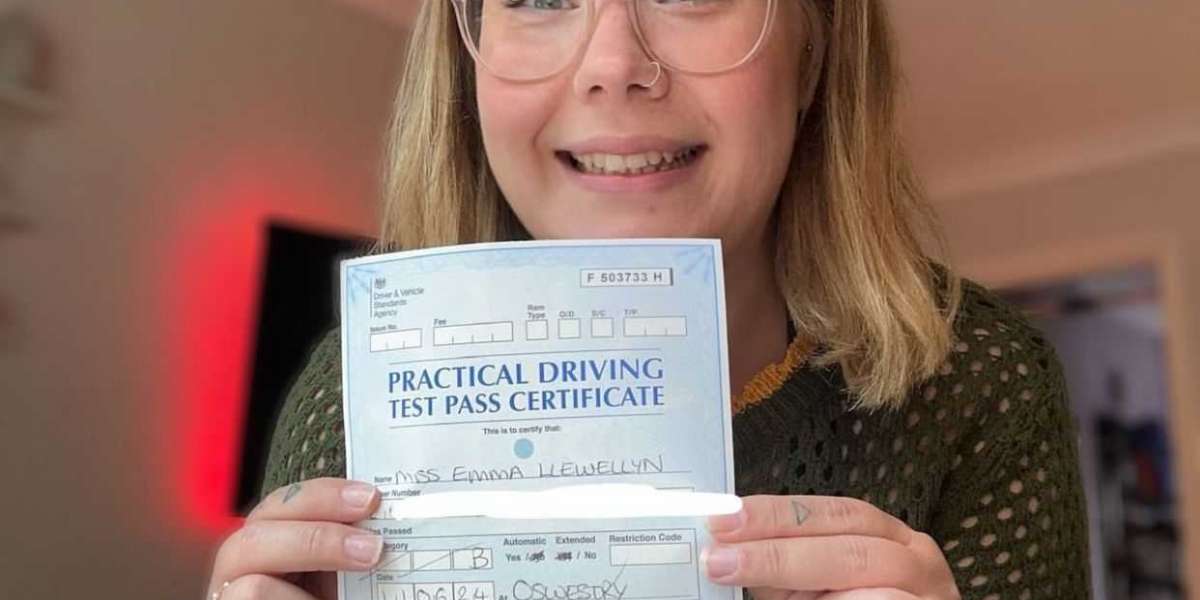Understanding the Driving License in the UK: A Comprehensive Guide
Acquiring a driving license in the UK can be a complex yet fulfilling process for numerous individuals. A driving license not only allows a private the liberty to drive but likewise represents a significant achievement for those who have actually worked hard to reach this milestone. This short article aims to provide a thorough understanding of the numerous stages included in acquiring a driving license in the UK, the different kinds of licenses readily available, and essential regulations that drivers must stick to.
Kinds Of Driving Licenses in the UK
In the UK, there are a number of kinds of driving licenses customized to various classifications of cars. The substantial types include:

Provisional License: This is the preliminary license that enables individuals to start finding out to drive. It allows holders to drive under specific conditions, including being accompanied by a qualified driver.
Complete License: Once people pass the driving test, they are eligible for a complete license, permitting them to drive without accompanying drivers and get different car categories.
Special Licenses: These might include licenses for larger vehicles, such as buses and trucks (Categories D and C), along with motorbike licenses (Categories A and A1).
Phases to Obtaining a Full Driving License
The process of acquiring a complete driving license in the UK involves several stages, which are as follows:
Step 1: Apply for a Provisional License
To begin the driving journey, individuals need to look for a provisionary driving license. The requirements for getting a provisionary license consist of:
- Being at least 15 years and 9 months old.
- Submitting the application (D1) readily available at Post Offices or online.
- Providing identity verification, consisting of a passport.
- Paying the requisite charge.
Step 2: Learn to Drive
As soon as the provisionary license is received, individuals can start learning to drive. They can pick to:
- Enroll in driving lessons with a qualified trainer.
- Practice driving with household or pals who are over 21 and have held a full driving license for a minimum of 3 years.
Step 3: The Theory Test
Before taking the useful driving test, candidates need to pass the theory test, which consists of two parts:
- Multiple-Choice Questions: Candidates must answer 50 concerns based on road signs, guidelines, and guidelines.
- Risk Perception Test: This part assesses the applicant's ability to recognize possible risks through a series of video.
Passing the theory test is a requirement for arranging the useful driving test.
Step 4: The Practical Driving Test
Once the theory test is cleared, individuals can book the useful driving test, where prospects need to show their driving skills on the road. Key aspects examined in this test include:
- Driving efficiency in numerous traffic conditions.
- The capability to perform maneuvers such as parallel parking and emergency stops.
- Observational abilities, consisting of suitable use of mirrors and signaling.
A successful useful test results in the award of a complete driving license, although drivers will start as recently qualified drivers under certain probationary limitations for the first 2 years.
Step 5: Receive Your Full License
Upon passing the practical driving test, brand-new drivers must apply for their complete driving license. The complete license will be sent out to the new driver after processing the application.
Secret Regulations and Obligations for Drivers
As soon as a complete driving license is gotten, drivers must comply with a number of crucial policies, including:
Insurance Requirements: Drivers should have at least third-party insurance to cover any damages or injuries triggered to others.
Road Tax: Motorists are needed to spend for car tax, commonly referred to as "roadway tax," which helps preserve roadways.
MOT Testing: Vehicles that are more than 3 years old need to go through an annual MOT test to guarantee roadworthiness.
Points System: The UK uses a charge points system, where offenses such as speeding or running a red light can cause points on a driver's license. Collecting 12 or more points within three years might lead to a driving restriction.
Frequently Asked Questions About Driving Licenses in the UK
Q: How long does it take to get a driving License uk in the UK?A: The time frame varies. Lots of people take a number of months to more than a year to protect their licenses, depending on how rapidly they finish the knowing and screening process.
Q: Can I drive with a foreign driving license in the UK?A: Yes, individuals can drive on a foreign license for up to 12 months before they should obtain a UK driving license, provided the foreign license is valid.
Q: What documents are required to look for my first driving license?A: Required files include proof of identity( passport ), a completed D1 application, and payment for the application cost. Q: Are there any age restrictions for particular car categories?A: Yes, different car categories have specific minimum age requirements. For example, you need to be 17 to drive a car however only 16 to ride a moped. Q: What happens if I fail my driving test?A: If candidates do not pass their driving test
on the first attempt, they can re-book for another test passing both theory and useful assessments. This procedure is not just a legal requirement however also an individual accomplishment that promotes independence and movement. Understanding the policies and commitments that include holding a driving license ensures a safer and more responsible driving culture across the UK's roadways. With the right preparation and understanding, striving drivers can start their journey with self-confidence and success.
. However, there is no obligatory waiting duration, although it is recommended to practice even more before trying once again. Acquiring a driving license in the UK involves numerous actions, from using for a provisional license to








